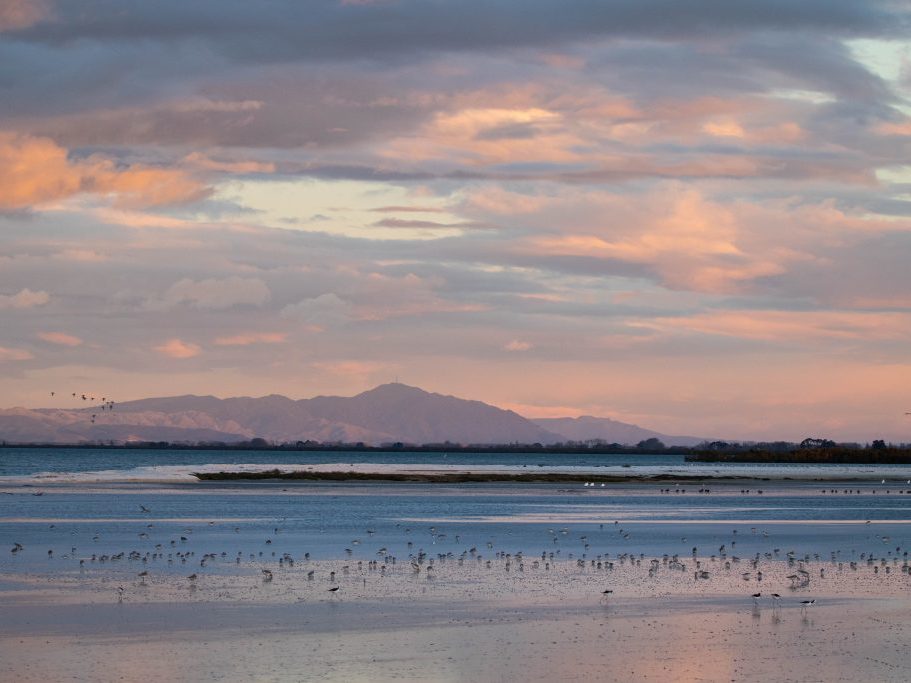Kuaka/bar-tailed godwits have the right idea. Along with other migratory birds, they enjoy an endless summer. We’re chatting with Keith Woodley today who is the centre’s manager. Thank you so much for speaking with us today, Keith.
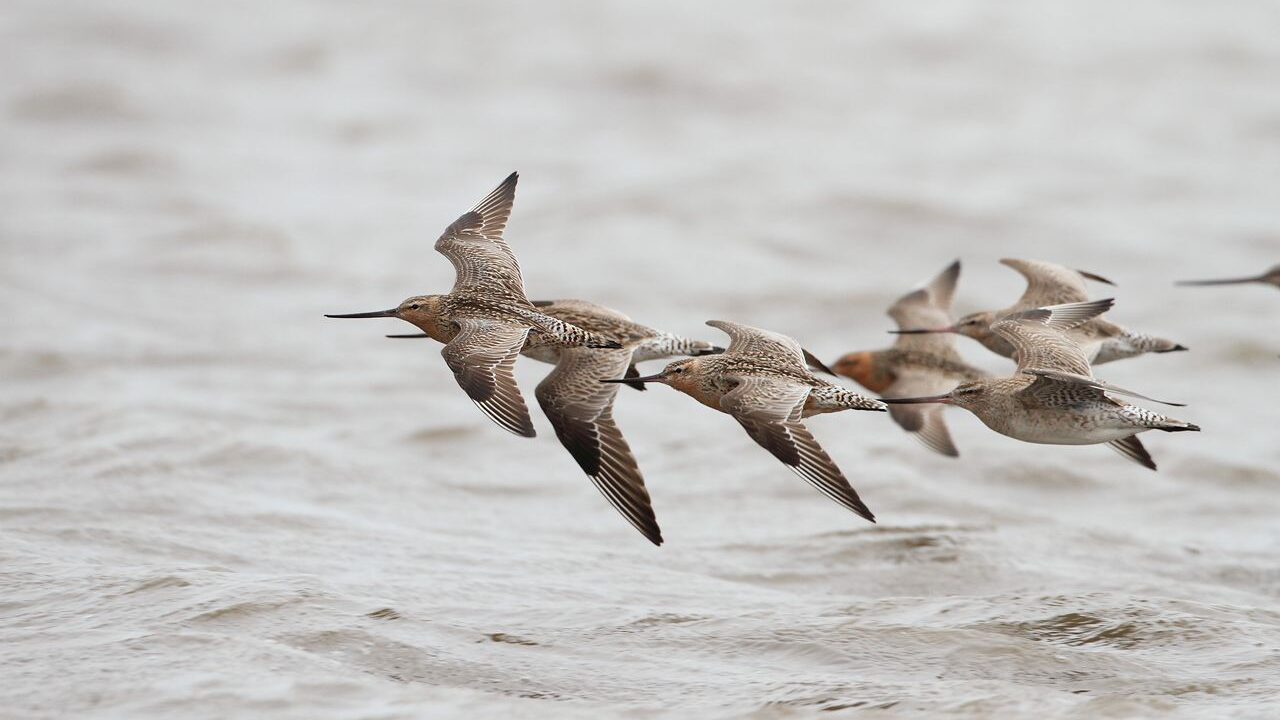
Each year, as the northern hemisphere’s summer comes to an end, these long-haul experts leave their Alaskan breeding grounds and migrate south. After a non-stop 11,000km flight, Pūkorokoro/Miranda, along the Firth of Thames, is one of the destinations where kuaka/bar-tailed godwit spend their summer.
Pūkorokoro/Miranda is a very popular spot for a lot of shorebirds and bird watchers alike. The Pūkorokoro Miranda Shorebird Centre is a facility that provides information, education and research on the local shorebirds.
Their team advocates for the Pūkorokoro/Miranda coastline and the birds that call it home.
What can visitors look forward to when they come to Pūkorokoro/Miranda?
The Shorebird Centre is open 9-5 pm 7 days a week, but if people want to see the birds it all depends upon the tides.
During low tide, the thousands of foraging shorebirds, including kuaka/bar-tailed godwits, huahou/red knots, ngutu parore/wrybill and torea/pied oystercatchers, are dispersed over 8,000 hectares of tidal flats. During high tide, they are forced towards the shoreline where they may gather in large flocks. So, the best time to see them is several hours on either side of high tide.
We have viewing hides near the major roost sites. Over summer, where possible, we try to have a shore guide or one of our volunteers stationed at the hides to show people birds and to answer questions about them. We cannot always guarantee this, so people should contact the centre for details. At the centre, we have an extensive book/gift shop, with the most comprehensive collection of bird and natural history books in the country. We also have displays featuring the Pukorokoro coast and its wildlife.
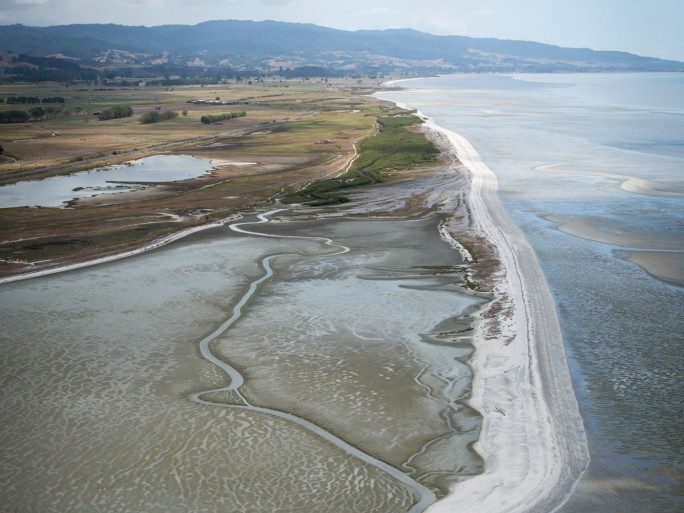
Kuaka have recently arrived on the shores of Pūkorokoro/Miranda from Alaska. The PMSC team has keenly studied and researched these incredible long-haulers, even tagging a few of them to follow their journeys. What interesting things have you learnt about them?
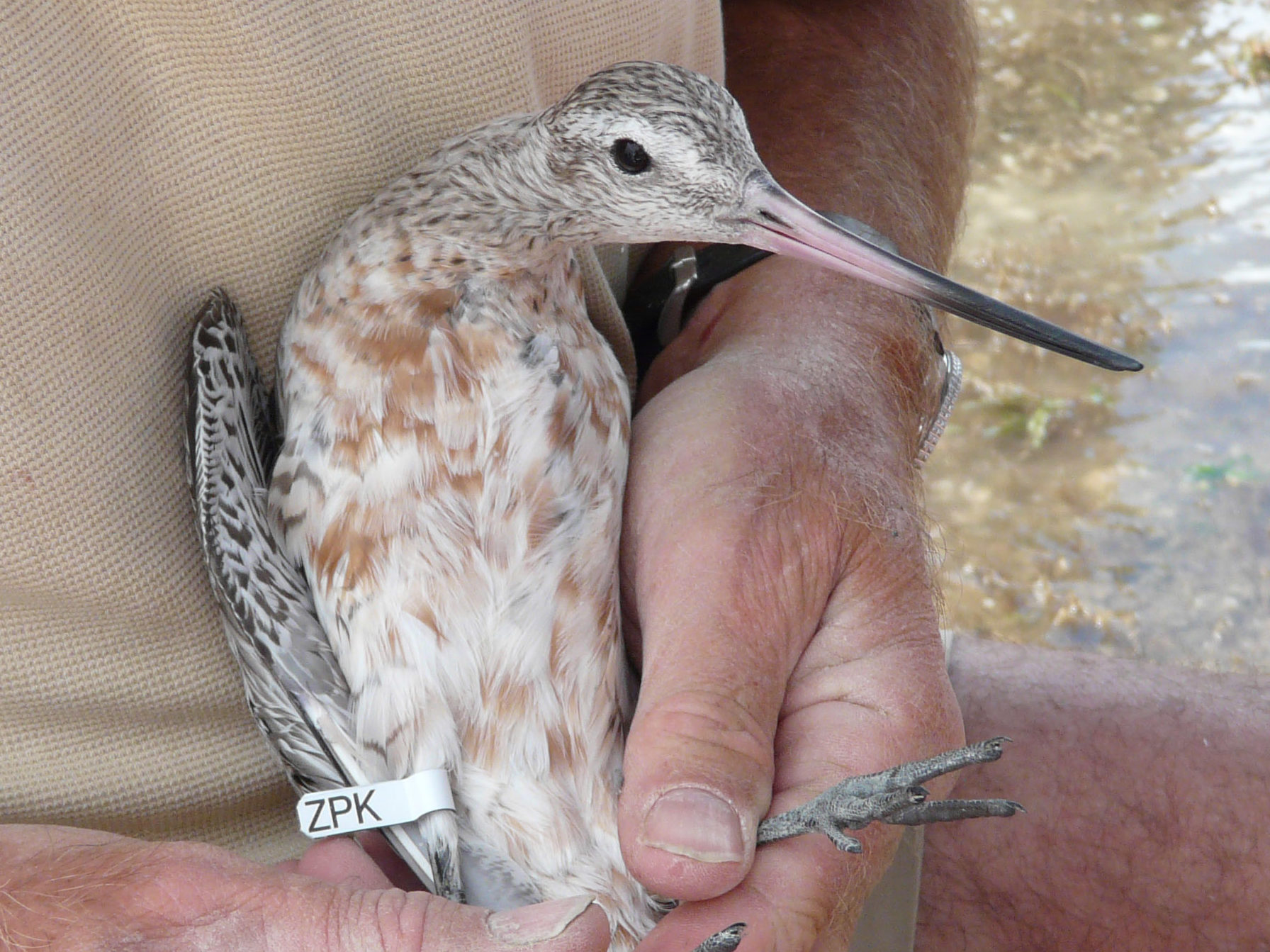
Much has been learned from the latest tracking project:
- we are developing a better understanding of how weather systems and wind patterns affect birds during the flight
- we have a new record holder – a male kuaka that landed in northern New South Wales after a nonstop flight of 13,030 km. In second place is a female that landed at Pukorokoro two weeks ago having flown a mere 12,200 km!
- one bird heading for Pukorokoro dropped out in New Caledonia for two consecutive years. Headwinds towards the end of the flight are the likely explanation. What we do not know is whether this bird always does this or is just unlucky.
PMSC has partnered with the East Asian-Australasian Flyway to protect migratory waterbirds like kuaka. What does this partnership involve?
The East Asian-Australasian Flyway Partnership is a network of partners within the East Asian-Australasian Flyway. It aims to protect migratory waterbirds, their habitats, and the livelihoods of people dependent upon them. The Partnership provides a flyway wide framework to promote dialogue, cooperation, and collaboration between a range of stakeholders to conserve migratory waterbirds. Stakeholders include all levels of governments, site managers, multilateral environmental agreements, technical institutions, UN agencies, development agencies, industrial and private sector, academe, non-government organisations, community groups and local people.
Pukorokoro Miranda Naturalists’ Trust and the New Zealand Government are both partners.
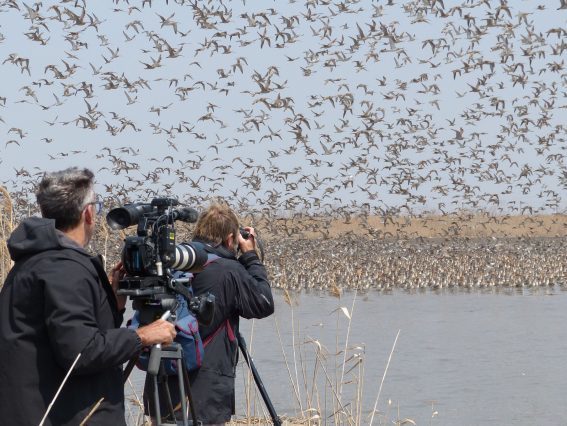
What are some of the threats facing migratory shorebirds like kuaka?
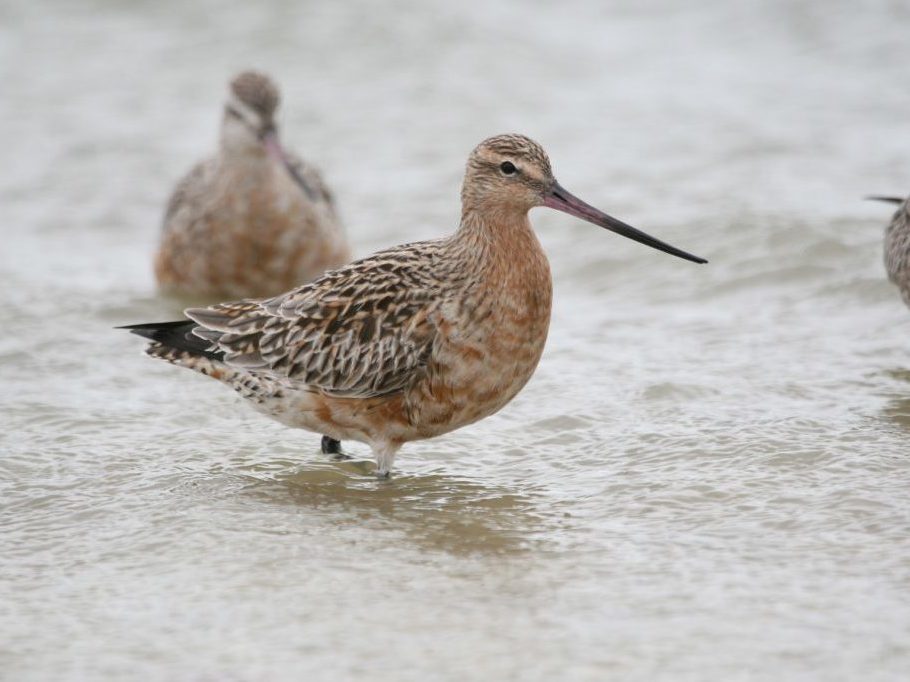
The primary threat over the last few decades has been the colossal loss of habitats, especially at migration stopover sites in East Asia. This is the main reason behind declines in godwit and other shorebird populations. The development of intertidal areas for industry and aquaculture, along with pollution are major causes of habitat loss.
Kuaka also face challenges from climate change:
- rising sea levels reducing intertidal foraging areas
- changing weather patterns which may impact their migration strategies
- changes on their Arctic breeding grounds such as earlier insect emergence due to warming temperatures, which means the peak food source for chicks has passed before they hatch.
What does your team do to protect your local shorebird populations?
Raising public awareness of shorebirds and the threats they face is one of our key roles.
We also assist with research projects and provide advice to local authorities and conservation managers.
We have trap lines to try and protect nesting birds such as New Zealand dotterel and black-billed gulls.
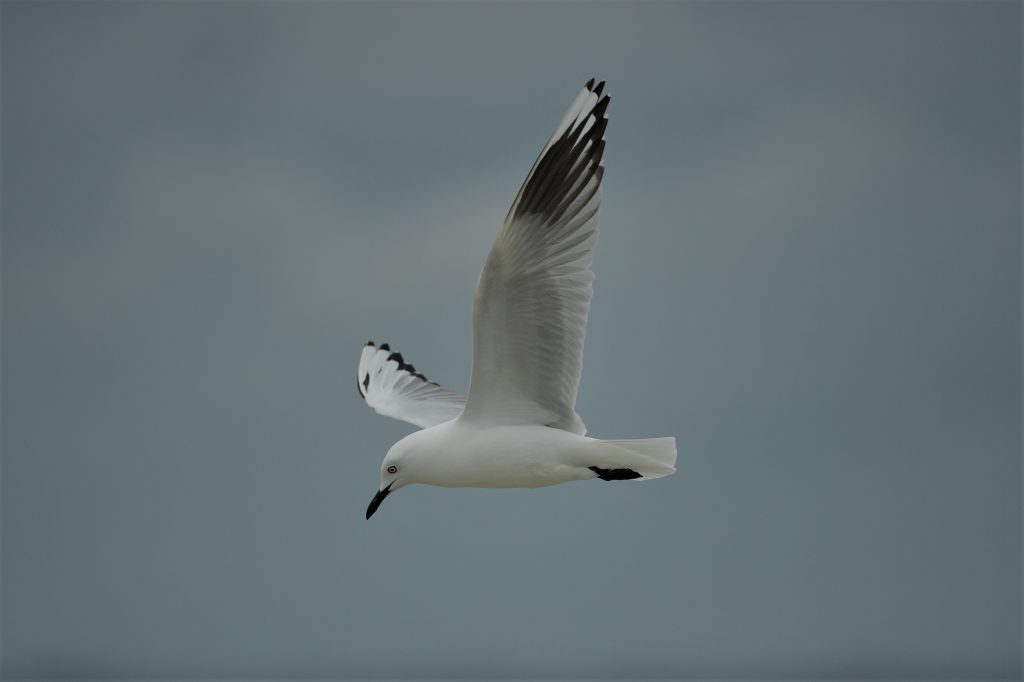
How can beach-goers across New Zealand protect shorebirds this summer?
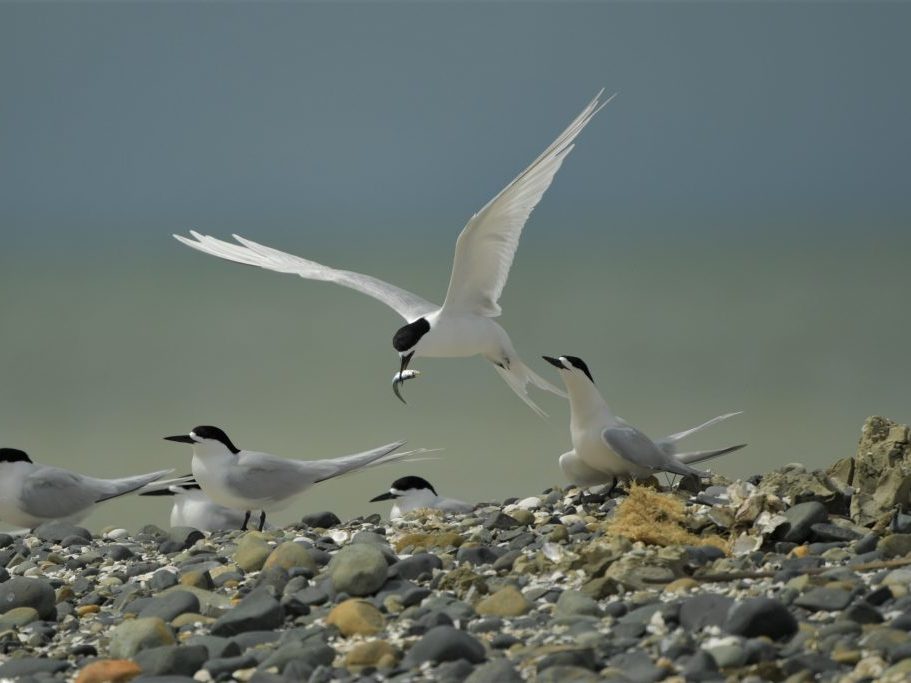
In northern regions, beachgoers are likely to encounter New Zealand dotterels or variable oystercatchers nesting on the beach.
At some sites there may be rangers or community volunteers looking out for them by fencing off nests, operating trap lines or trying to prevent disturbance. At other places, there may be no one looking out for the birds. That is where you can play a role. Wherever you are, you should be mindful of the bird’s space and its need to protect its nest and chicks. Keep your distance to avoid flushing the bird off its nest.
In many areas, there may be flocks of birds roosting during high tide. This is when they are vulnerable to disturbance. Imagine you are a godwit preparing for a 10,000 km nonstop flight to the Yellow Sea.
If disturbance causes you to take flight, you will be using energy that you would rather have stored for the flight ahead.
Maintain tight control of your dog near nesting or roosting birds. Avoid other activities too close to birds that may cause unnecessary disturbance. There is usually plenty of space for us and the birds!
PMSC holds regular training courses on wader bird identification, dotterel management and field courses. Why do you think it is important for people to learn more about our native taonga species and how to look after them?
Since 2003, courses at Pūkorokoro have trained over 300 people in how to monitor and protect birds such as New Zealand dotterels. They have contributed to a fantastic success story, where management of nesting birds around the Coromandel and east coast of Auckland have resulted in a large increase in the dotterel population. But the birds remain conservation dependent, so those efforts need to continue.
Our field courses and bird ID courses have also done much to increase the level of knowledge and expertise in the community.
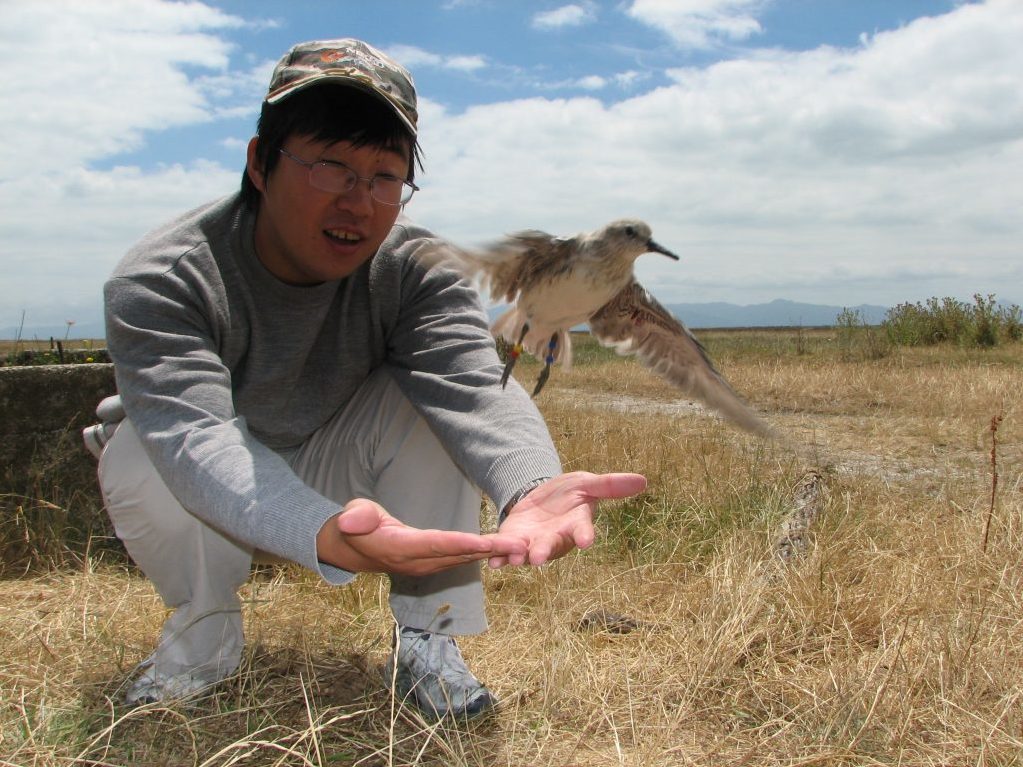
You have a great team of keen volunteers. How do you engage your community and get them involved in your efforts?
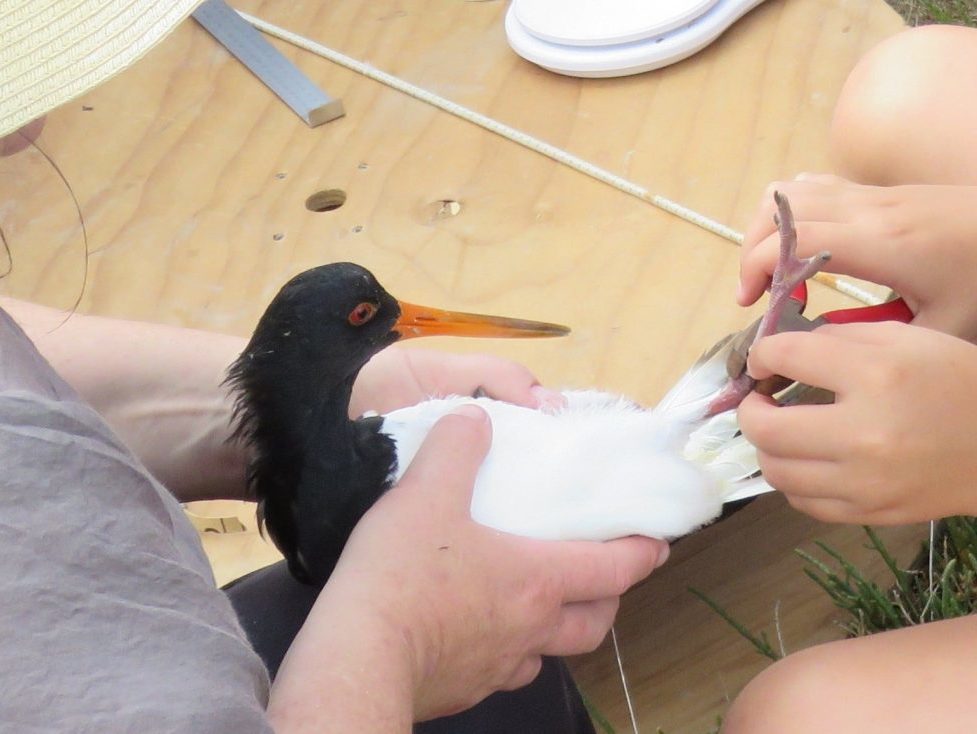
We have over 750 members and a wider range of supporters on social media.
We publish an excellent and highly regarded quarterly magazine Pukorokoro Miranda News.
We hold regular public events and open days that are usually well attended.
Finally, how can people support the Pūkorokoro Miranda Shorebird Centre?
Become a member of the Trust.
Follow us on social media.
Make a donation to support our work.
Frequent our shop – either in person or online.
